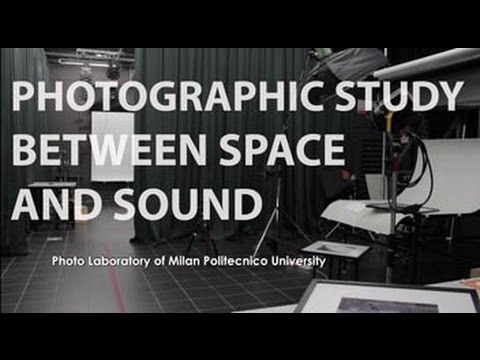PatinateStar
Staged photography
Photographic study between space and sound ( First photographic experiments of guitar destruction ).
Photographic study that seeks to relate space and sound, making it possible to capture something invisible .
These photographs were taken and produced without using Photoshop .
To do this, guitar and small quantity of explosives were used.
Sound photography
Ivan Cerullo ( Italy, b.1979 ) photographer .
https://www.facebook.com/CerulloIvan
#semiotics #stagedphotography #semiotics Ernst Mach: Photography makes it possible to obtain a wealth of insights that previously could only be obtained with the greatest expenditure. This is of economic importance. Photography fixes each phase of a movement too rapid for direct observation, cancels the speed and stiffens the object. He considers knowledge as a biological activity and therefore a progressive adaptation to the facts of the experience that is close to the original both in terms of the quality of the elements of sensation and in the relationships and space-time dimensions. This indicates that in addition to the original elements, that is the sensations, there are also other elements that are co-reproduced at each reproduction and prevent too strong a spatial-temporal distortion of the memory images. (internet source). László Moholy-Nagy: Photography represents a system to refine and enhance the gaze in terms of space and time. In fact, the lens is not bound to the limits of our eye, no manual means can fix glimpses of the world seen in a certain way and cannot even fix the movement in its essence. The distortion possibilities of the lens also provide an optical vision that our eyes are unable to do. To prove that the development of technical means contributes to the birth of new forms in optical composition, it is necessary to clarify the relationship between photography and painting. Before the invention of photography, painting contained within itself the tasks of representation and chromatic expression. However, from the moment of splitting, a sector includes the configuration of color, which concerns the relationships of colors and luminous values between them and it is the configuration of the laws of general validity rooted in the biological sphere that are independent of climate, race, temperament, from education; and the other sector includes the configuration of representation, which concerns the relationships between what is derived by imitation from the outside, the objective and the associative contents, and it is the configuration of associative laws and experience, which depend on race. , from the climate, from the temperament, from the education. So in the process of photography and cinema we have an expressive medium for representation and painting will only deal with the organization of color, the color configuration shows that the theme of the color configuration is color itself and the recent inventions of optical instruments and technicians offer valuable suggestions to the artist who uses optical media. All the inventions introduced after the invention of photography are based on the conception of a reproductive art: reproduction of nature based on perspective laws. One of the fundamental elements of the photographic process is the sensitivity to light of a chemically prepared surface. The awareness of this possibility makes visible, through the camera, phenomena that escape the eye. Photographic vision offers images seen from above, below, foreshortened and this is because it reproduces the optical image with its distortions, while our eye integrates the optical image with our intellectual experience in a mental representation. Art tries to establish new relationships between the different functional phenomena, for this reason the creations are valid only if they produce new relationships, still unknown. To re-evaluate photography, we must use the light sensitivity of the photographic plate to fix the lighting effects we have configured. This possibility finds practical application in the frame. Another possibility consists in the construction of new cameras with devices of lenses and mirrors capable of photographing the object simultaneously from all sides and cameras that obey optical laws different from our eye. The photographic process reaches its peak in the film. In fact, even the camera copies objects with fidelity to nature. (source internet) #Semiotics #Semiotics #Photography
